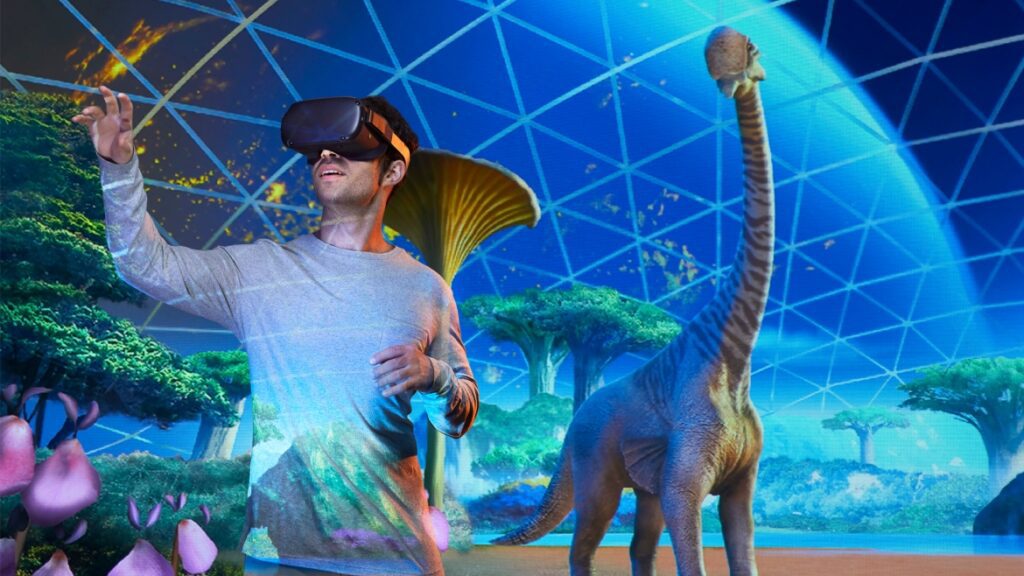This article provides an overview of virtual reality (VR), including its origins, technology, applications, and future potential. VR allows users to immerse themselves in a digital world and experience it as if it were real. The technology involves the use of headsets or goggles that display digitally generated images, often with sensors for tracking head movements and haptic feedback systems for touch sensations. VR is used in gaming, entertainment, healthcare, education, and engineering. The future of VR looks promising with advancements in technology, including more realistic experiences, improved accessibility, and the development of augmented and mixed reality.
Understanding Virtual Reality: Exploring the Immersive Digital Realm
Introduction
Virtual Reality (VR) is a cutting-edge technology that has revolutionized the way we interact with digital environments. It allows users to immerse themselves in a virtual world and experience it as if it were real. This article aims to provide a comprehensive understanding of virtual reality, exploring its origins, applications, and future potential.
The Origins of Virtual Reality
Virtual reality has its roots in various fields, including gaming, military training, and scientific research. The concept of VR dates back to the mid-20th century when the Sensorama, developed by Morton Heilig in the 1950s, offered a multisensory experience to its users. However, it was not until the 1990s that VR gained significant attention with the development of head-mounted displays, such as the Virtual Boy by Nintendo.
Understanding the Technology
Virtual reality technology involves the use of headsets or goggles that display digitally generated images to the user. These headsets often contain sensors to track the user’s head movements, allowing for a more immersive experience. Additionally, VR devices can incorporate haptic feedback systems, enabling users to feel sensations and touch objects within the virtual environment.
Applications of Virtual Reality
Virtual reality finds applications in various industries, including gaming, entertainment, healthcare, education, and even engineering. In the gaming sector, VR has revolutionized the way users engage with their favorite titles, providing a truly immersive experience. Entertainment venues and theme parks have also adopted VR to enhance their attractions and offer unique experiences to visitors.
In healthcare, VR is being used for medical training simulations, allowing aspiring surgeons to practice procedures in a realistic virtual environment. It is also utilized for pain management, offering distraction techniques during medical procedures. In education, VR has the potential to transform learning by enabling students to explore historical sites, travel through space, or even witness scientific experiments firsthand.
In engineering and architecture, VR is employed for designing and visualizing structures before their physical construction. This allows for better planning, cost reduction, and improved collaboration between architects, engineers, and clients.
The Future of Virtual Reality
The potential of virtual reality is vast, and its future looks promising. With advancements in technology, VR experiences are becoming more realistic and accessible. Improved graphics, higher refresh rates, and better tracking systems are enhancing the immersion factor for users.
Additionally, the expanding market of standalone VR headsets, like the Oculus Quest and HTC Vive Focus, eliminates the need for external devices, making VR more portable and user-friendly. The development of augmented reality (AR) and mixed reality (MR) further blurs the boundaries between the physical and digital worlds, creating endless possibilities for interactive experiences.
Conclusion
Virtual reality has transformed the way we interact with digital environments, offering immersive experiences and opening up new frontiers in various industries. From gaming to healthcare and education to engineering, VR has proven its potential for enhancing training, entertainment, and visualization. With advancements in technology and increasing accessibility, the future of virtual reality is bright and holds tremendous possibilities for the immersive digital realm.
